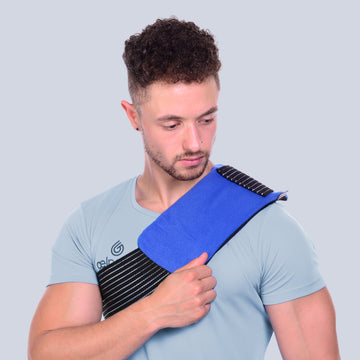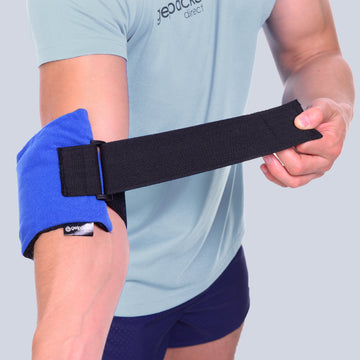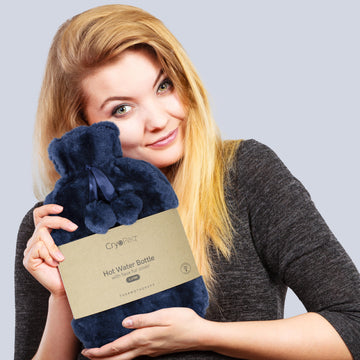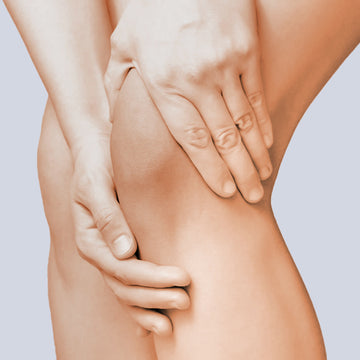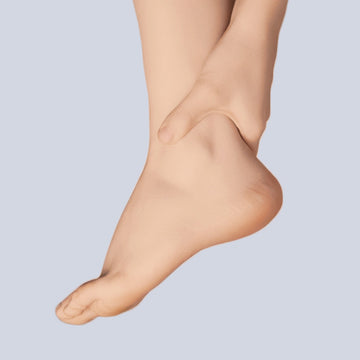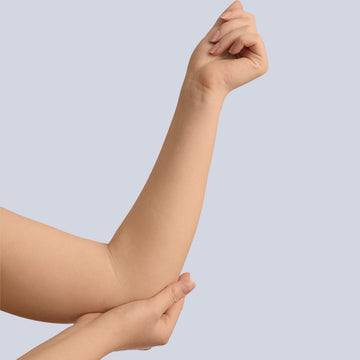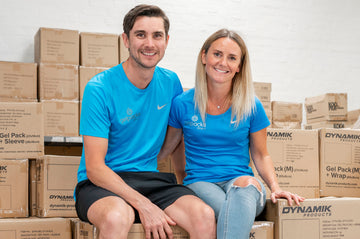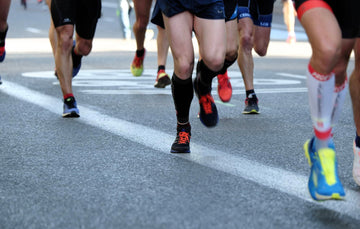Posted by Tia Patel | MAY-13-2020
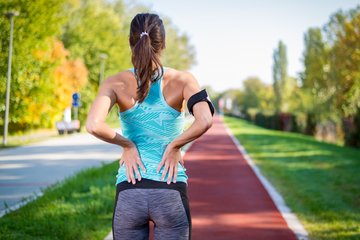
Our Guide to Running like a Pro!
With gyms closed and running challenges taking over our social media feeds, we’ve noticed a big increase in the number of people taking to the streets to run as part of their daily exercise routine.
With many running events either postponed or cancelled it’s hard to stay motivated and continue to challenge ourselves with such uncertainty around races. That's why, we've decided to focus our efforts on correcting our running form so that we can run more efficiently and without injury.
Keep reading to find out how you can evaluate your form and improve your overall performance. We’ve even given you some simple drills to get you started with help from our fabulous #TeamGPD.
Keeping you in sprint condition...
As good as it gaits...
Drills and skills
With all of this extra time on our hands, working on our running form is a new way of challenging ourselves to be the best version of us, and let’s face it, who doesn’t want to smash those PB goals when we make our big return to running next year? Check out this for elements to incorporate into a running recovery regime if you have been injured!
But until then, stay alert and stay safe.
#TeamGPD
